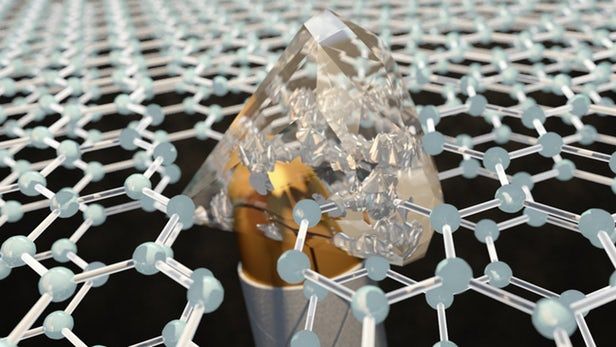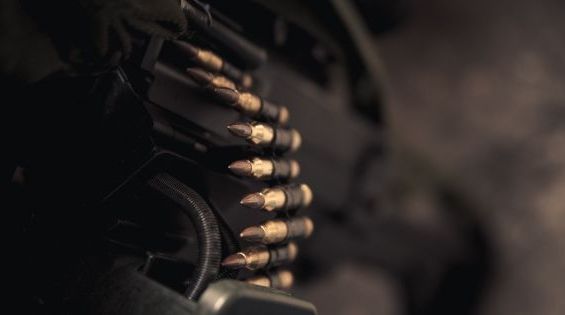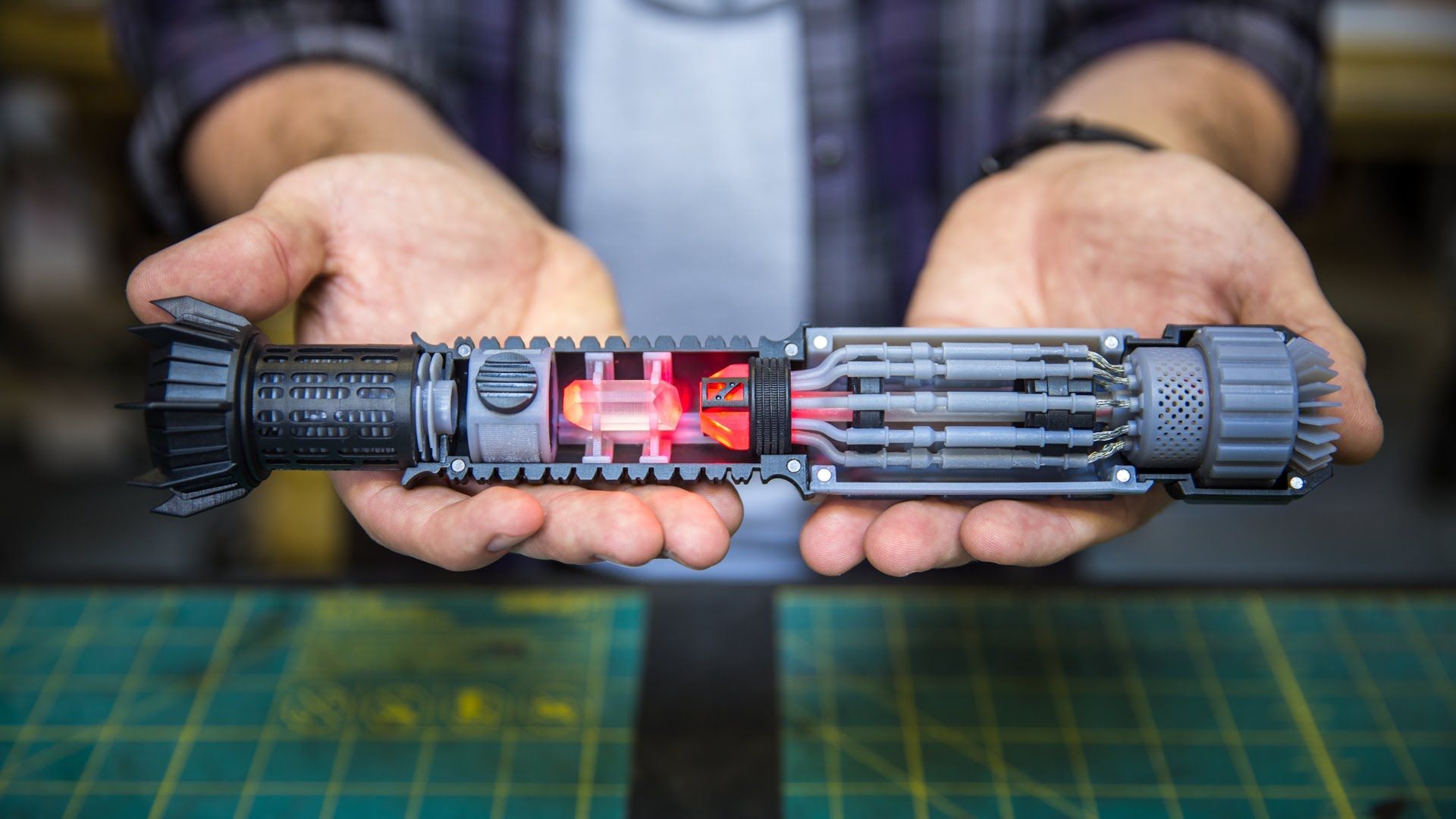Mar 15, 2018
Why Earth’s History Appears So Miraculous
Posted by Genevieve Klien in category: weapons
The strange, cosmic reason our evolutionary path will look ever luckier the longer we survive.
I t was hard times for the bomber pilots that floated over Europe, their planes incinerating cities below, like birds of prey. Even as they turned the once-bustling streets beneath to howling firestorms, death had become a close companion to the crews of the Allied bombers as well. In fact, surviving a tour with the Bomber Command had become a virtual coin flip. While their munitions fell mutely from bomb bays, an upward sleet of fire from smoldering city grids and darkened farmland shot the planes out of the sky like clay pigeons. For recruits encountering the freshly empty bunk beds of dead airmen, morale was sapped before they could even get in the cockpit. Hoping to slow this attrition, Allied officers studied the pattern of bullet holes in returning aircraft for vulnerable parts to reinforce with armor.


















